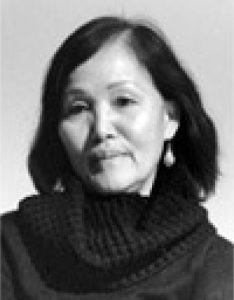This is an extremely important story of the Korean War, my own personal story. The video is about 3 min. long.
The video has been posted to the US Embassy website as well.
This is an extremely important story of the Korean War, my own personal story. The video is about 3 min. long.
The video has been posted to the US Embassy website as well.
 Here is a link to my story about the belief in Zodiac signs and how it affects women AND men and the business of fortune telling (you’ll find humor in the story!)
Here is a link to my story about the belief in Zodiac signs and how it affects women AND men and the business of fortune telling (you’ll find humor in the story!)
Click here to find The Korea Times story, fortunetelling
What am I working on …
My autobiographical novel, The Voices of Heaven, is undergoing a change from a novel to a poetry plus art book. Planning to have 30 poems by me about the characters and stories in the book, and art works (illustrations) by Jane Chu, the 11th Chair of the U.S. National Endowment for the Arts. Hoping to have art works from her by Christmas or early next year.
My interview with CBS about this book has gone viral. I am getting swamped with invitations to give book talks at retirement homes, libraries and groups of a few people at a time. It’s great that the book is being publicized by a mainstream U.S. Network like CBS.